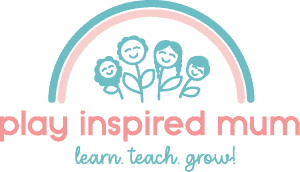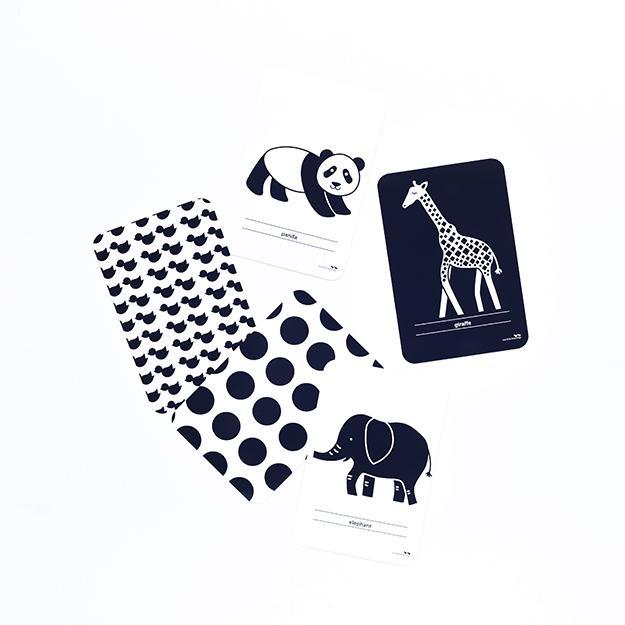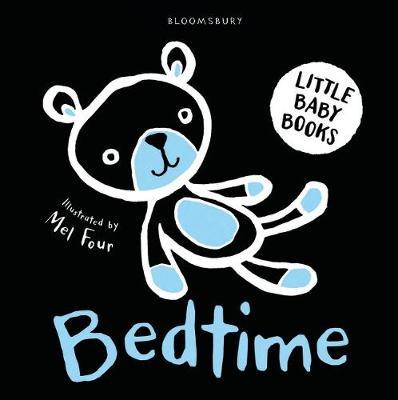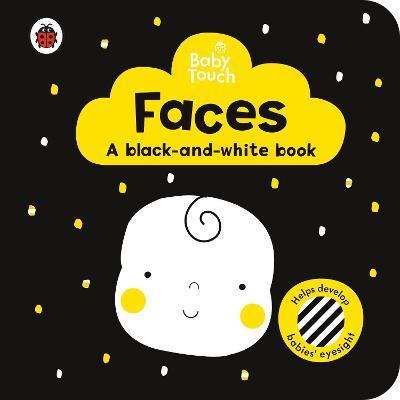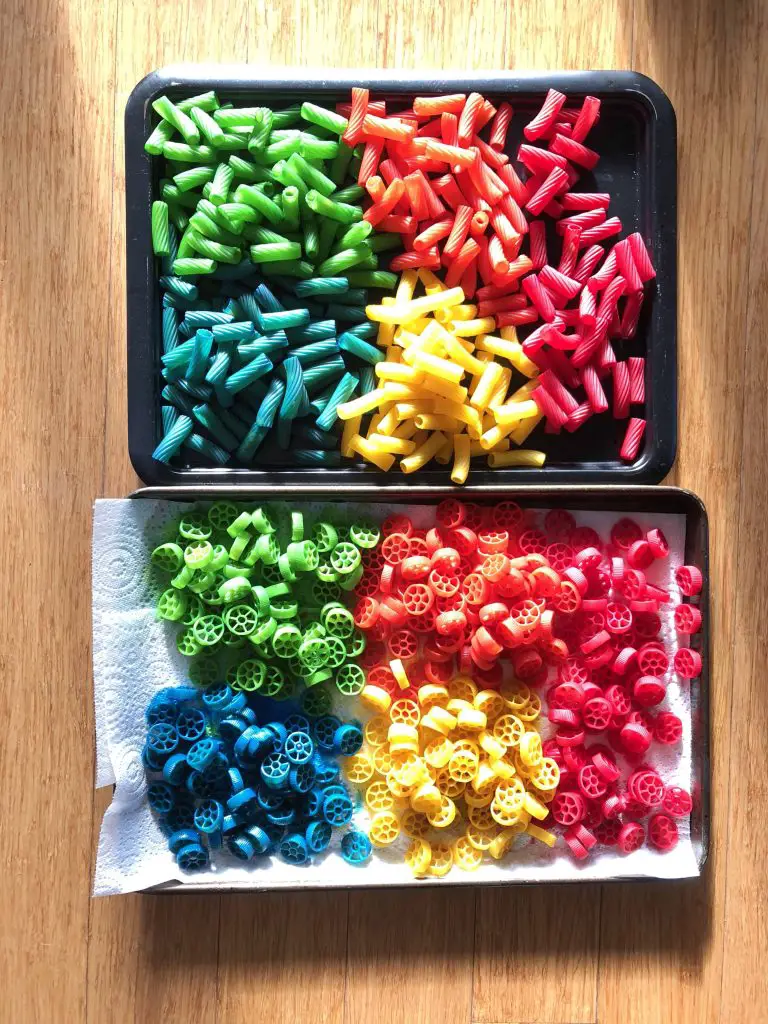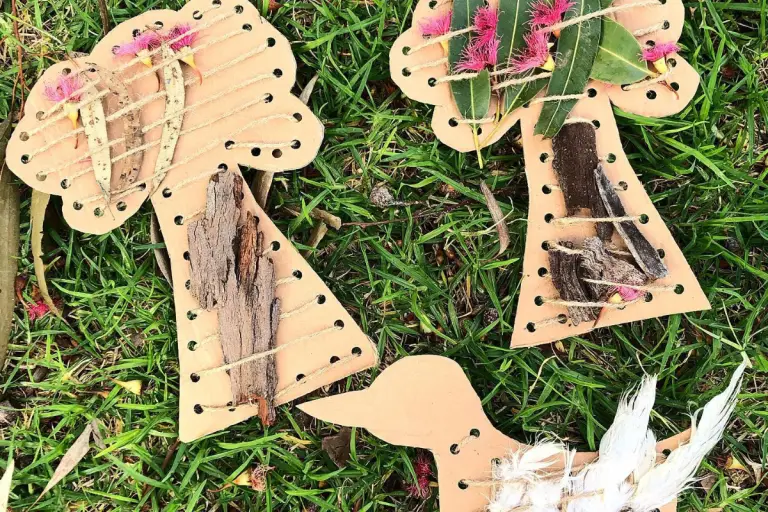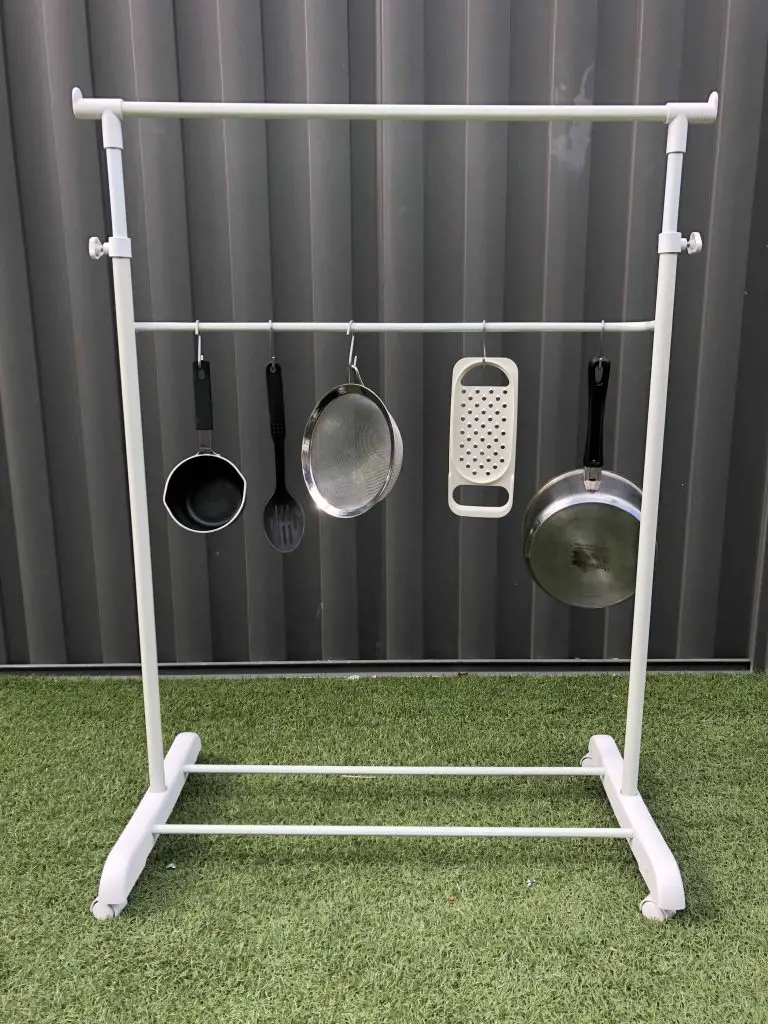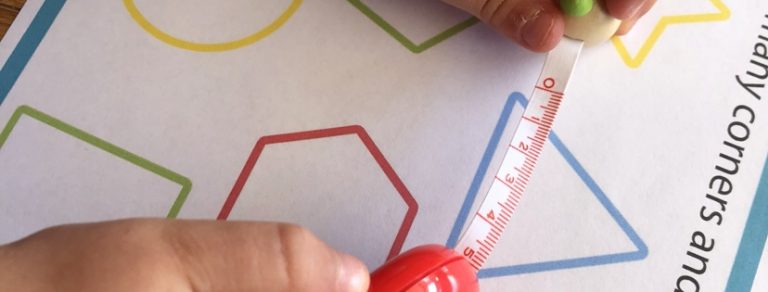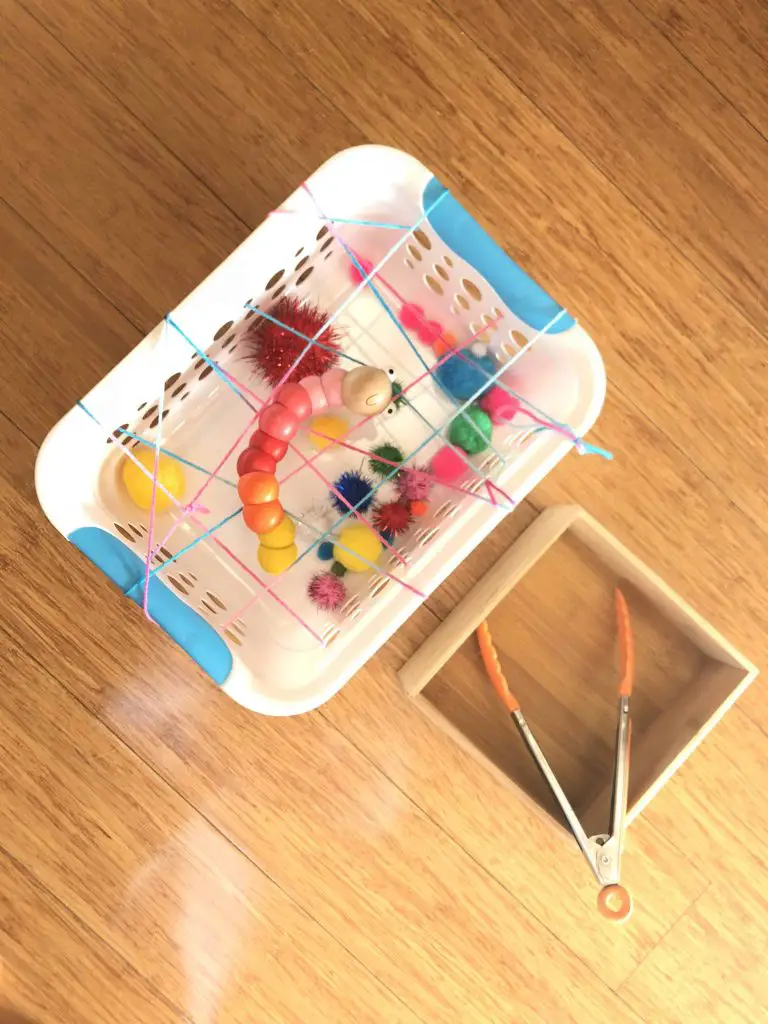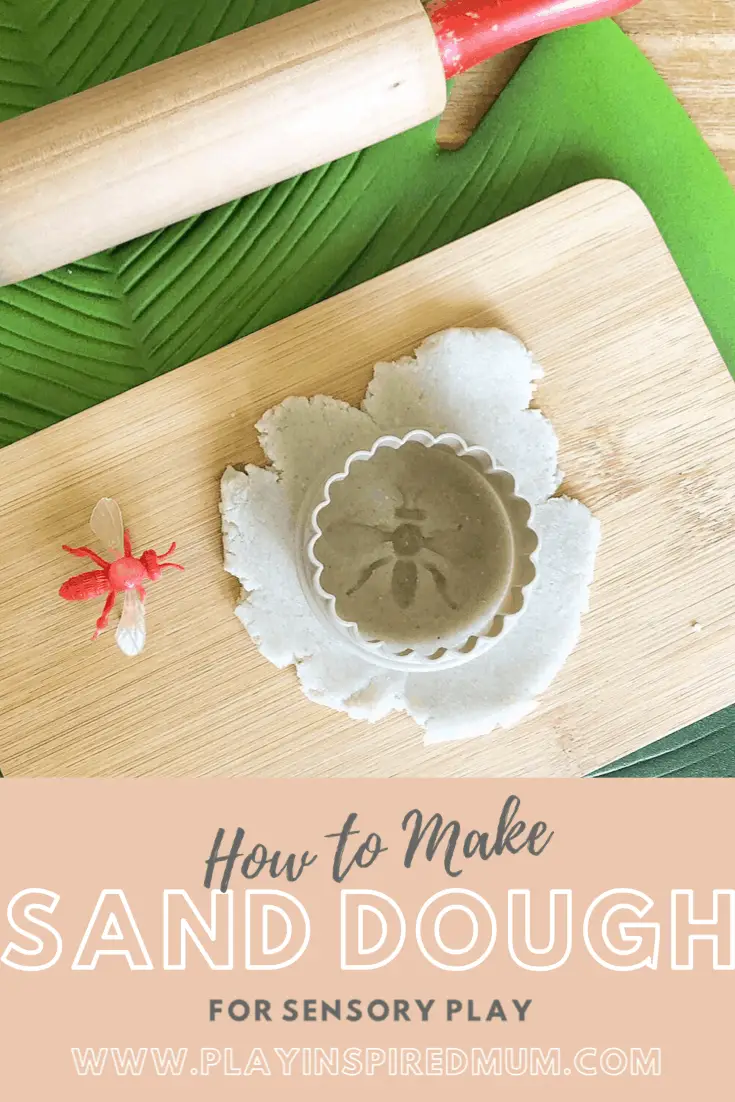High Contrast Images for Babies
Disclosure: This blog contains affiliate links which I may earn a small commission from if you purchase through them, at no extra cost to you.
High contrast images for babies can have such a valuable impact on a baby’s development. From sight, cognitive and language development, you can provide an enriched environment for your baby to thrive from the day they are born.
High Contrast Images for Babies
The development of sensory pathways that are responsible for a child’s vision and hearing are some of the earliest cognitive operations of brain development in babies. Children interact with their environment using their 5 senses; sight, hearing, taste, smell, and touch. This being said, babies rely heavily on their senses of hearing and sight to learn about the world.
It really is incredible that us parents can support our baby’s development and prevent visual impairments when they are older by providing them with visual stimulation from a young age. Even better that this stimulation is simple and affordable to do at home and has such huge long term benefits!
Vision development is an incremental process starting from the moment your child is born. There are many simple experiences that you can provide your baby. at home to support the healthy development of their vision.
Why is it important for babies to have visual stimulus
A baby’s vision is one of the least developed senses at birth, but that doesn’t mean it isn’t important!
The visual stimulation that you provide for your baby is extremely important during the early months as it can impact the quality of their vision as they get older.
While supporting their development is the end goal here, please understand that we are talking small steps building up to big differences here. The goal is huge, however, be assured that the process to get there is super simple to work into everyday life.
You may be doing these things without even realising the incredible, positive impact you are having on your baby’s long-term vision already.
Experiences are so important for babies.
It is experiences that build brains. This happens by generating and strengthening connective pathways among neurons. It is this that is a monumental factor for healthy brain function.
When babies have visual experiences, this stimulation ignites their brains in so many ways.
That’s why we, as parents, need to provide our babies with visual stimulation and make the world an interesting place for them.
Babies need to see different colours, textures, and shapes, so they can learn more about the world. This being said, we need to keep these experiences age-appropriate to align with their capabilities and development.
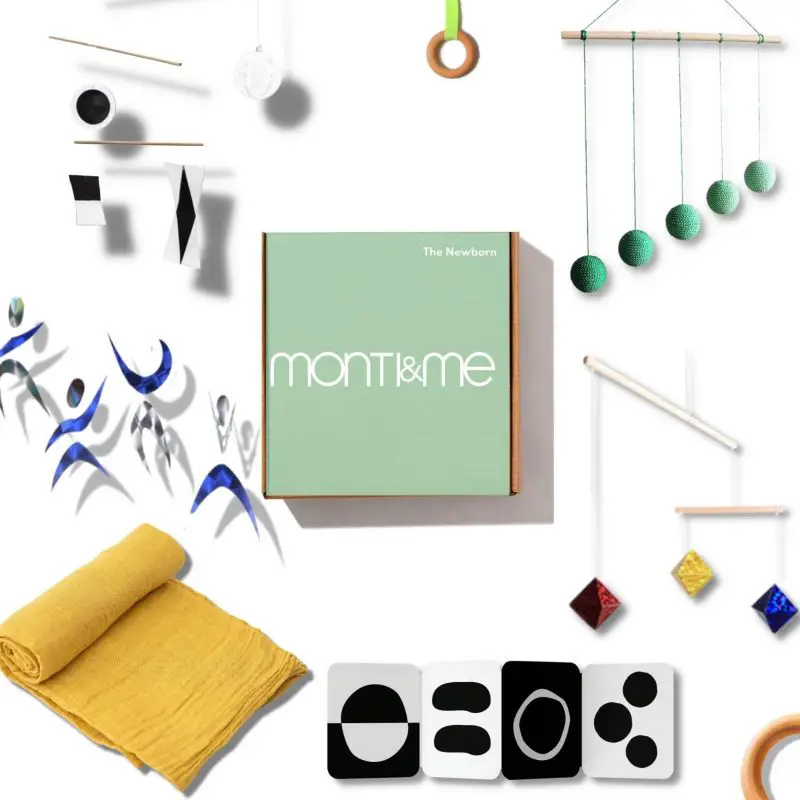
What can baby see?
A baby’s vision develops rapidly during the first 6-9 months of their life.
They go from barely being able to see 30cm from their face to almost adult capabilities within this short period of time.
So what can your baby see as they grow?
Newborn
A newborn baby’s vision is blurry. At birth, a newborn’s retina is not fully developed. As a result, they can primarily only see in black and white, with shades of grey. Coincidently, they can only see approximately 30cm in front of them; about the same distance from their mother’s breast to her face. When talking to your baby, lean in close. This will help establish familiarity and in turn, nurture a secure attachment with your baby.
4-8 weeks
Baby’s eyes will begin to focus and vision becomes somewhat clearer.
Colours will begin to become more defined.
Baby will be able to distinguish between primary colours; yellow, red, and blue.
They may begin to track movements.
Encourage this development by showing bright contrasting pictures, reading books with bold illustrations, and playing with brightly coloured toys with your baby.
3-5 months
There is so much happening during this age. Your baby’s depth perception is developing, along with supportive skills such as gross motor, grasping, and object permanence.
Baby will be able to grasp items, begin to recognise familiar items, track moving items and search for partially covered toys. Their eyes work together and in turn, hand eye coordination emerges.
They will inspect toys closely, turning them over between their hands. the tiniest details and features will be noticed. When you put your crawling baby on the floor, they will find only a tiny bit of fluff.
While at the park, it seems they will always be the ones to find the only stone in the sandpit.
Encourage your baby to search for toys that are partially concealed either by using a blanket, box, or inside an egg carton.
6-9 months
Baby’s vision at this age is clearer, long-distance is further refined and objects are sharper. Vision is almost parallel with that of an adult. Baby will begin to point and ask for objects and people of interest. When walking around the house, parents can point to objects, referring to them by their name.
12 months
From a year of age it is typical for a baby to have fully developed depth perception. They will understand when objects are near or far. They will find joy in games such as peek a boo and hide and seek. Baby’s vision is much the same as an adult.
How can you as parent/caregiver best stimulate them visually in these crucial periods after all!
As a parent you can stimulate your child’s visual development by reading books, playing with toys and showing them their environment. These small moments all snowball into great experiences that will promote optimal vision. They are also great ways to bond with your baby.
Now, marketing tells us that babies are associated with pastels. Gentle soft tones of yellow, pink, and blue tend to dominate the baby departments. Research, however, suggests that our babies need bold, contrasting colours, particularly black, white and red.
To aid vision development, the strong bold colours are the ones that are going to have a powerful impact on your child’s eye sight. Strong bold stripes to be precise!
What is the importance of visual stimulation for babies
You can also take them outside and let them look at things. They will be able to see the different colors in the world, and it will help with their brain development.
Remember that it’s important to give your baby plenty of visual stimulation, as it can have a profound effect on their developing nervous system. Make sure that your home is a stimulating environment for your little one, so they can explore and learn all about the world.
Many skills stem from vision development. The ability to see can impact a child’s balance, hand eye coordination, spatial awareness, object permanence and fine and gross motor skills.
In the event your child does have a delay, early intervention can assist with rectifying their sight before leading to other development difficulties.
How can you as parent/caregiver best stimulate them visually in these crucial periods after all
There are some things you can do to stimulate their visual perception even more.
- Position high contrast cards near play or change areas.
- Mobiles hung next to their cot or change area can be interesting (and a welcome distraction during nappy changes). They also offer the opportunity to practise visual tracking with a tiny touch to set them in motion.
- Provide an acrylic mirror to baby’s play area
- Read book with bright contrasting images, taking time to discuss the images as well as written text
- Take them outside and let them look at things. They will be able to see the different colours and textures in the world, and it will help with their brain development.
- Name things that they see so they can learn the connection between spoken words and what they see.
The more your baby sees and experiences different events, the more connections will spark in their brains. Remember that it’s important for babies to have plenty of visual stimuli, as it can have a profound effect on their developing nervous system. That’s why we need to show them things and make the world a interesting place for them.
Another great way to stimulate a baby’s vision is through playtime. There are lots of fun ways to do this, such as playing peek-a-boo or letting your chase bubbles. These activities not only keep babies entertained but also help with their visual development.
How to use high contrast images for babies
Using high contrast images for babies is so simple. There are so many ways of incorporating them into your baby’s day. They need not be complicated, so please don’t over think it or get stuck on the latest instagram trend.
DIY Baby Contrast Box
Tape white paper on the faces of a cardboard box. Use black and red paint to paint patterns onto each face (leaving to dry between turning). Think spots, stripes and zig zags! Either place next to baby or hang from a baby gym!
DIY Baby Contrast Cards
Using black and red paint, create paintings that can either be framed in acrylic frames or laminated and stuck near baby’s play space or change area. this is a great activity for older siblings to help with. Older brothers and sisters make the best contrast images! It is a great way to get them involved in looking after their new baby too.
DIY Contrast Baby Gym Toy
Draw black patterns onto paper plates and suspend them from babies play gym!
What are high contrast images for babies
High contrast images are different than other types of photos because they catch your baby’s attention and help them learn more about their world with just one image!
These images can be created in so many ways. They can be patterns, shapes, monotone images or even paintings done by siblings! The idea is that the images are easily processed and catch your baby’s attention. This will help them learn more about their world with just one image!
You can use high-contrast images to start conversations with your baby about new things like the colours of the rainbow, different shapes, and patterns. They’re a great way to introduce babies to new concepts in a fun and engaging way. Plus, they’re easier for babies to focus on than regular photos of people or objects.
There are many benefits to using high contrast images over other types of images.
For one, they’re more stimulating and interesting for babies.
They help cultivate brain development and promote learning.
Additionally as discussed above, contrast cards are a great way to help babies develop their vision.
High contrast images are easier for babies to focus on and see details than regular photos. This is because the difference in light levels helps babies see contrast and shapes more clearly.
So if you’re looking for a fun and educational way to stimulate your baby’s brain, try using some high-contrast images!
High contrast images for babies are a great way to help your little one learn and grow!
What are the benefits of using high contrast images types of images over others
One of the main benefits of using high-contrast images over other types of photos is that these types of images capture your baby’s attention.
There’s no denying that there are many ways for you to use high-contrast images as a tool for teaching your baby new things!
